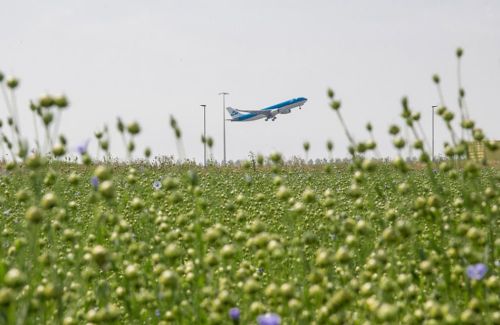duurzaam taxien schiphol: Sustainable taxiing
Schiphol is investigating how sustainable taxiing can be implemented at the airport. Sustainable taxiing entails aircraft being taken to and from the runway by a special aircraft tug called a Taxibot. This means that planes can taxi without using their engines. The result is less kerosene being used and therefore less CO₂, NOx and ultrafine particle emissions. Sustainable taxiing is an essential part of our goal to become an emission-free airport in 2030.

First pilot successfully completed
Schiphol and a number of partners conducted a successful pilot study in 2020. During the pilot, aircraft were taken to and from the runways by the Taxibot. This special vehicle was designed by Smart Airport Systems, a sister company of the well-known supplier of ground handling equipment TLD. The vehicle – of which there are currently only ten in the world – is driven by a hybrid combination of electric and diesel engines. During taxiing, it uses 95% less fuel than aircraft engines.
Plan to scale up sustainable taxiing
The pilot delivered successful results, and so a roadmap to make sustainable taxiing standard procedure at Schiphol was made. As a first step, Schiphol acquired two new Taxibots. These will be used in a follow-up trial. The trial phase will then transition into a standard procedure, with certain types of aircraft taxiing sustainably to and from the Polderbaan Runway. Preparations are already underway for this.
What we do for sustainability
-
To and from the airport
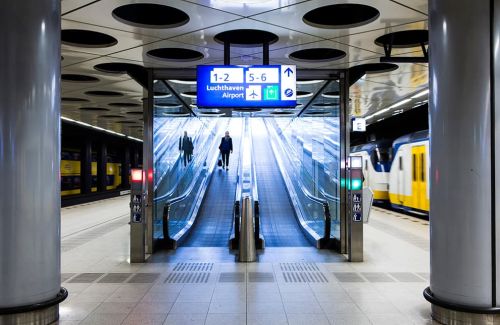
-
At the airport
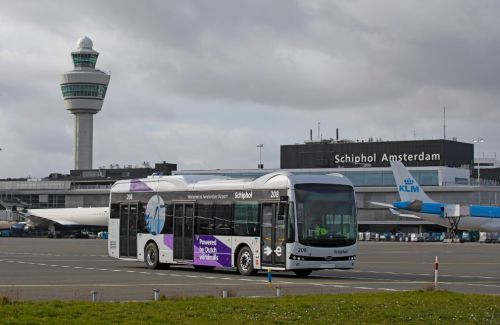
-
In the air
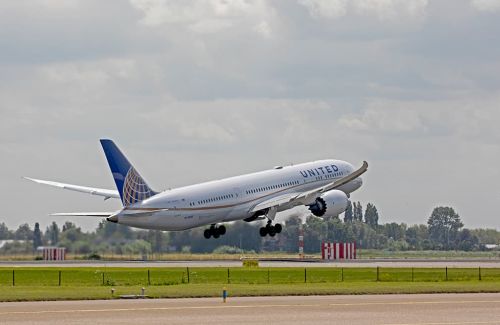
-
What can you do for the environment?
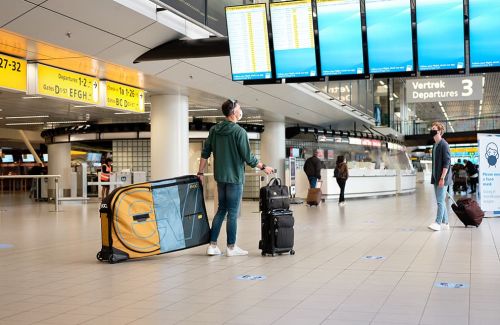
-
Sustainable living environment
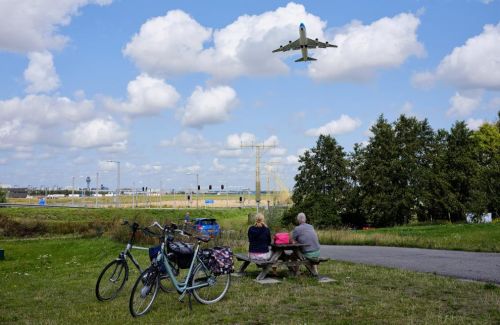
-
News
